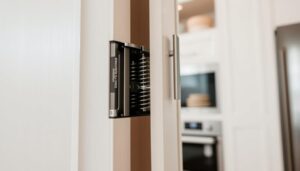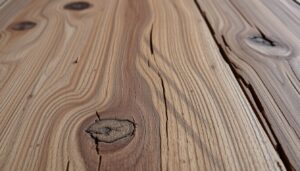Are you tired of having a bookshelf that rocks back and forth every time you open a drawer or place a book on it? A precarious bookshelf is not just annoying, but it can also be a safety hazard, especially if you have children or pets in your home.
Understanding the root cause of the instability is crucial to finding an effective solution. In this article, we will explore simple DIY fixes to stabilise your bookshelves without requiring professional help.
From simple wedging techniques to more permanent solutions, you’ll discover options suitable for different types of furniture and flooring, ensuring your bookshelf is secure and stable.
Key Takeaways
- Identify the root cause of your bookshelf’s instability
- Learn simple DIY methods to stabilise your bookshelves
- Discover solutions for different types of flooring and furniture
- Understand the importance of securing your bookshelves for safety
- Find out how to protect your valuable books and decorative items
Understanding Why Your Bookshelf Wobbles
A wobbly bookshelf can be frustrating, and understanding the root cause is essential to finding a solution. Your bookcase’s stability is crucial, especially when it’s placed on a carpeted floor.
Common Causes of Unstable Bookshelves
Several factors contribute to an unstable bookcase. Uneven floors are a primary cause, as they prevent the bookcase from sitting level. Additionally, carpet tack strips along the room’s perimeter can create height differences that affect tall shelves.
Assessing Your Specific Wobble Problem
To address the problem, you must first identify its source. Check if your bookcase is on an uneven floor or if there are structural issues with the bookcase itself, such as loose joints or warped materials. Understanding the cause will guide you to the most effective solution.
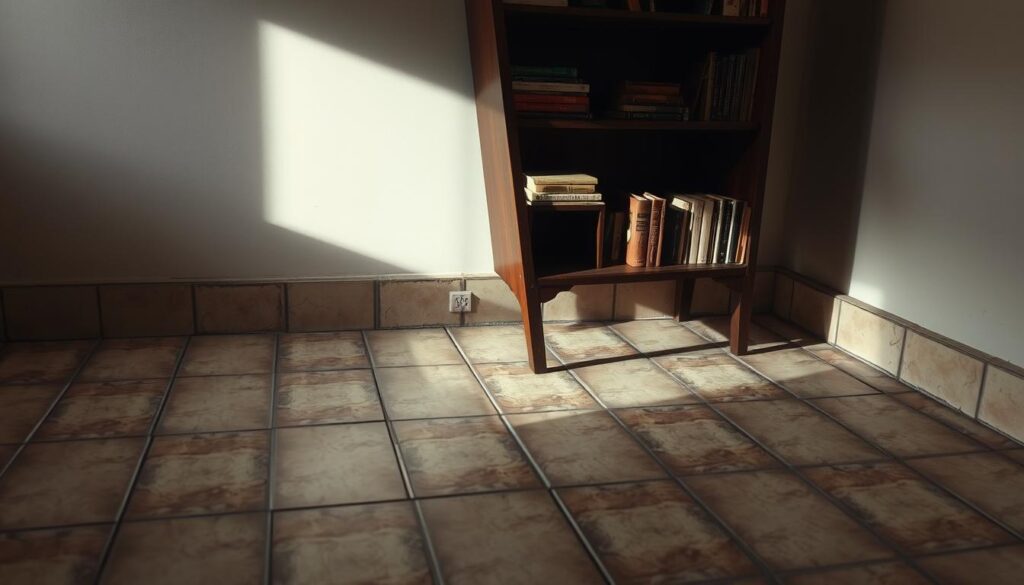
Fixing Bookshelves on Carpeted Floors
To stabilise your bookcase on carpet, you’ll need to address the uneven surface created by the carpet and its underlying padding. Carpeted floors present unique challenges due to the tack strips and padding beneath the carpet.
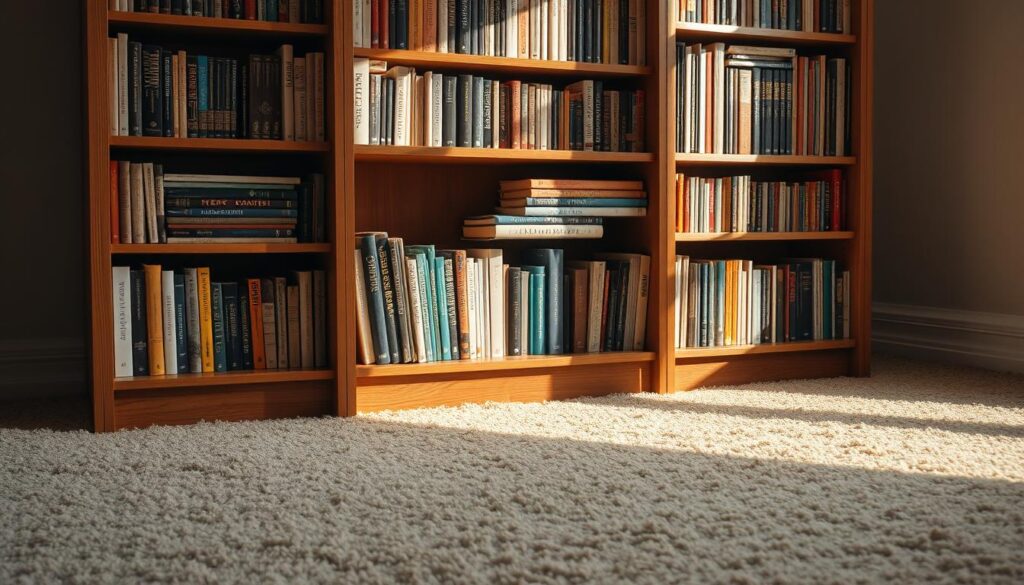
Using Carpet Shims Method
The carpet shim method involves lifting the carpet edge and inserting wooden strips to create a level surface for your furniture. This is particularly effective for bookcases positioned along walls where carpet tack strips are commonly installed.
To implement this method, you’ll need wooden shims that match the thickness of the tack strip, typically between 1/4 to 3/8 inch. Carefully lift the carpet edge and insert the shims under the bookcase corners.
Dealing with Carpet Tack Strips
When dealing with carpet tack strips, it’s crucial not to remove them completely, as this can lead to carpet movement and wrinkling. Instead, consider cutting small sections of carpet padding where the bookcase corners will sit and replacing them with wooden shims.
| Method | Description | Effectiveness |
|---|---|---|
| Carpet Shim Method | Involves inserting wooden shims under the bookcase corners | High |
| Dealing with Tack Strips | Cutting padding and replacing with shims near tack strips | High |
Always secure tall bookcases to the wall using furniture straps or brackets, especially on carpeted floors where movement is more likely. This will ensure your bookcase remains stable and secure.
Installing Adjustable Feet to Stabilise Wobbly Bookshelf
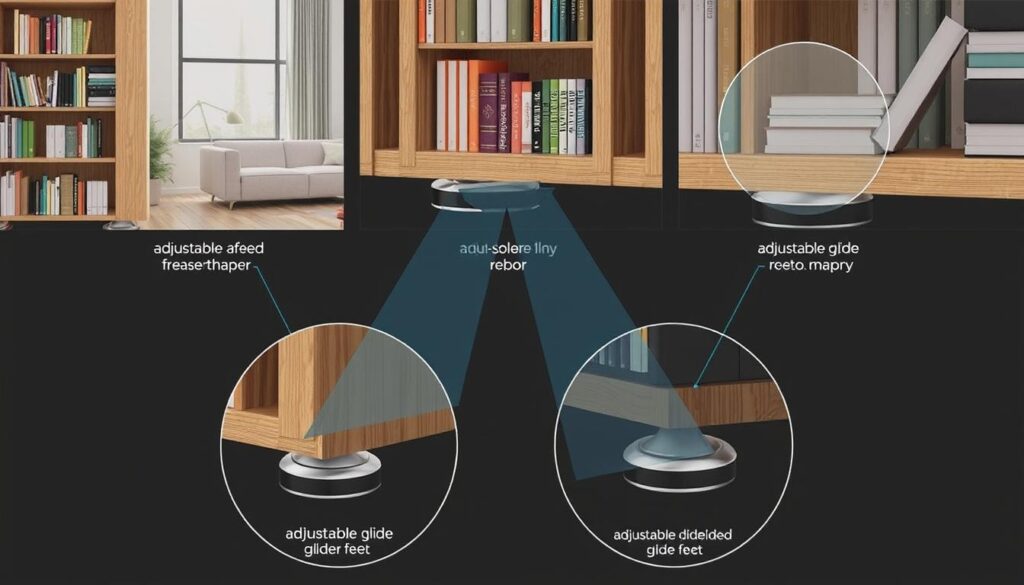
Adjustable feet or gliders offer a practical solution to stabilising your bookcase without having to modify your flooring. These are simple to install and can be found at most home centres.
Step-by-Step Installation Guide
To install adjustable feet, start by drilling appropriately sized holes in the bottom corners of your bookcase. Then, insert the glider feet into these holes. This process is straightforward and requires minimal tools.
Pros and Cons of Using Gliders
Using gliders has several advantages, including the ability to make precise adjustments to level your shelf even on uneven surfaces. However, they remain visible and may affect the aesthetic appearance of your shelf or bookcase.
- Adjustable feet (also called gliders) offer a versatile solution for stabilising a wobbly shelf without modifying your flooring.
- The installation process is straightforward—simply drill appropriately sized holes in the bottom corners of your bookcase and insert the glider feet.
- These adjustable feet allow for precise levelling even when your shelf is placed on significantly uneven surfaces.
- While effective, be aware that gliders remain visible and may affect the aesthetic appearance of your bookcase, particularly with low-profile designs.
- The main advantage of this method is the ability to make micro-adjustments over time as your bookcase or flooring settles.
- For maximum safety, always complement this solution by securing your bookcase to the wall using appropriate anchors and straps.
- Gliders come in various materials including plastic, metal, and rubber—each offering different benefits for floor protection and stability.
Using Furniture Wedges for Quick Fixes
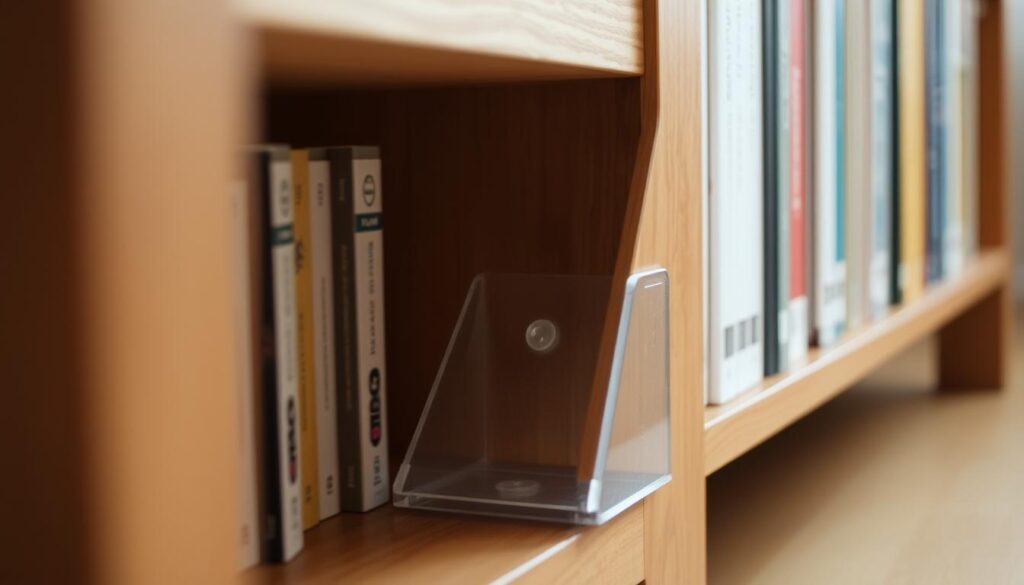
Furniture wedges offer a straightforward way to fix a leaning bookcase without needing any tools or making permanent changes. If your bookcase is wobbly due to uneven flooring or a leg that’s too short, these wedges can provide the necessary support to stabilise it.
Hard vs Soft Plastic Wedges
When choosing furniture wedges, you’ll need to decide between hard and soft plastic types. Hard plastic wedges are ideal for carpeted surfaces as they provide the firmness needed to prevent further sinking into the carpet. On the other hand, soft plastic wedges are better suited for hard floors, protecting both your shelves and flooring from scratches while offering the required support.
How to Stack and Position Wedges Properly
To effectively use furniture wedges, it’s crucial to stack and position them correctly. The interlocking design of quality wedges allows for secure stacking, addressing larger gaps without slipping. For optimal stability, position the wedges at the corners of your bookcase shelves, where weight distribution creates the most pressure. You can also combine hard and soft wedges—using hard on the bottom for stability and soft on top for protection—to achieve the best results.
In summary, furniture wedges provide the quickest way to stabilise a wobbly bookcase. By choosing the right type of wedge for your floor surface and positioning them correctly, you can ensure your bookcase remains stable and secure.
- Furniture wedges provide the quickest way to stabilise a wobbly bookcase without requiring any tools or permanent modifications.
- Hard plastic wedges offer superior stability and are ideal for carpeted surfaces where firmness is needed to prevent further sinking.
- Soft plastic wedges are better suited for hard floors as they protect both your bookcase and flooring from scratches while providing necessary support.
- The interlocking design of quality wedges allows for secure stacking to address larger gaps without the risk of slipping over time.
- For optimal stability, position wedges at the corners of your shelves where the weight distribution creates the most pressure.
- When stacking wedges, consider using a combination of hard and soft types—hard on the bottom for stability and soft on top for protection.
- Wedges can be trimmed with scissors or a utility knife for a perfect fit in tight spaces or to make them less visible.
DIY Cross Support Solution with Paracord
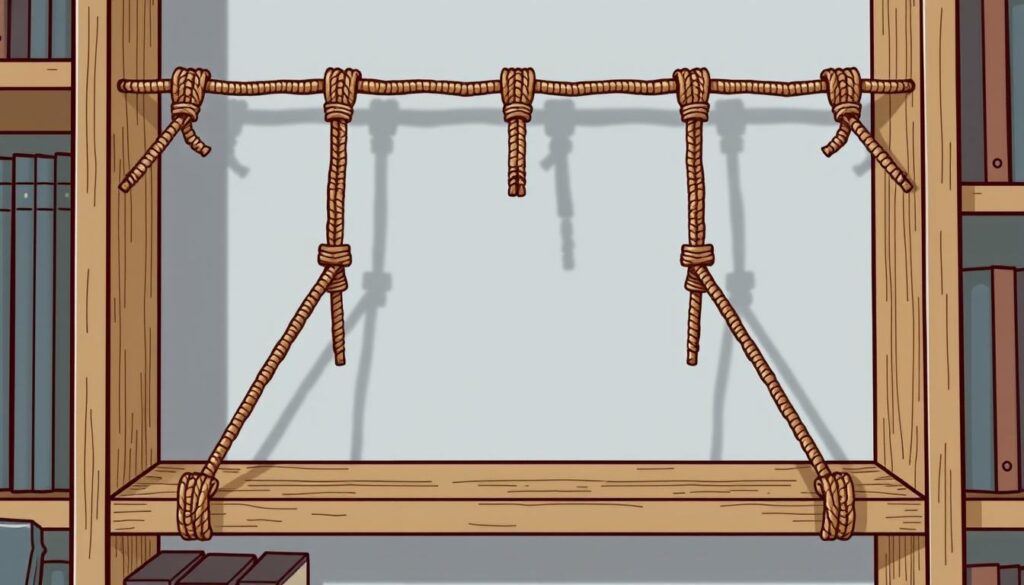
A paracord cross support is a cost-effective and straightforward method to stabilise wobbly shelves. This solution is particularly useful for open-backed bookcases where the shelf structure needs reinforcement.
Materials Needed
You will need a spool of paracord in your preferred colour, an upholstery stapler with 0.5 inch (12 mm) staples, and some basic measuring tools.
Step-by-Step Installation Process
To install the paracord cross support, start by stapling one end of the paracord to one corner of the shelf. Pull the cord tight to the opposite corner and staple it down. Cut the excess cord. Repeat this process for the other diagonal, wrapping the second cord around the first to create an X-pattern. Maintaining proper tension is crucial for maximum stability.
The benefits of this method include:
- A paracord cross support offers an effective and inexpensive solution for reinforcing wobbly shelves.
- It works particularly well for open-backed bookcases where the shelf structure itself needs reinforcement.
- The materials required are minimal.
- Creating diagonal cross supports significantly increases structural integrity.
- This solution can be aesthetically pleasing when using paracord that matches or complements your bookcase colour.
By following these steps, you can enhance the stability of your bookcase without needing to anchor it to the wall, making it a versatile solution for various bookcase designs.
Conclusion: Ensuring Long-Term Bookshelf Stability
Stabilising your bookshelf is crucial for maintaining a safe and organised home environment.
To achieve this, consider the following key points:
- Properly stabilising your bookshelf prevents potential accidents and protects your belongings.
- Combining multiple stabilisation methods, such as floor levelling solutions and wall anchoring, enhances security.
- Regular maintenance checks are vital, especially on carpeted floors that can compress under weight.
- Wall anchoring is particularly effective in preventing tipping hazards, especially in homes with children or pets.
By implementing these strategies, you can extend the life of your furniture and keep your home safe and stylish.
Remember, different bookshelves may require unique stabilisation approaches based on their design and the specific problem you’re addressing.

